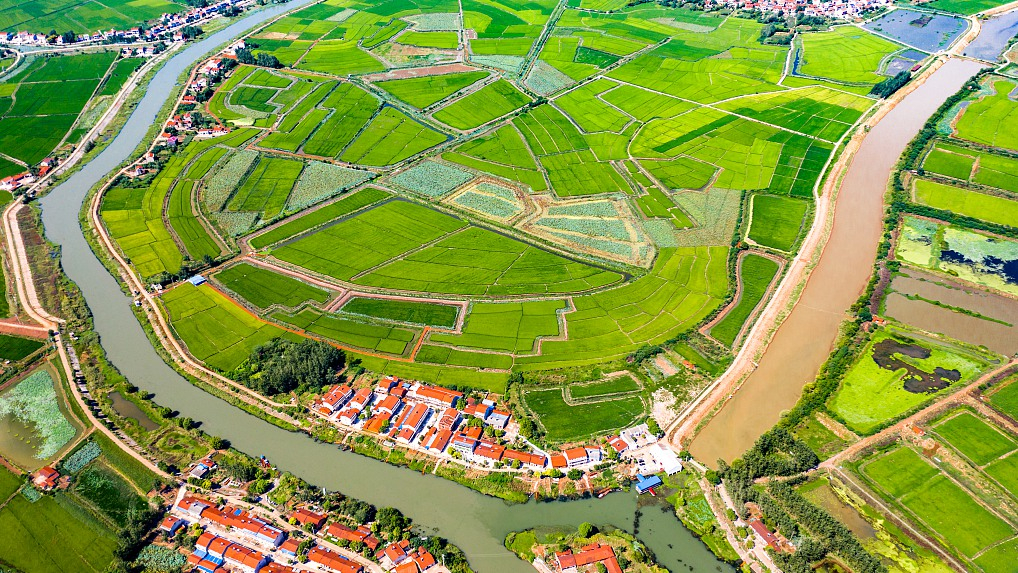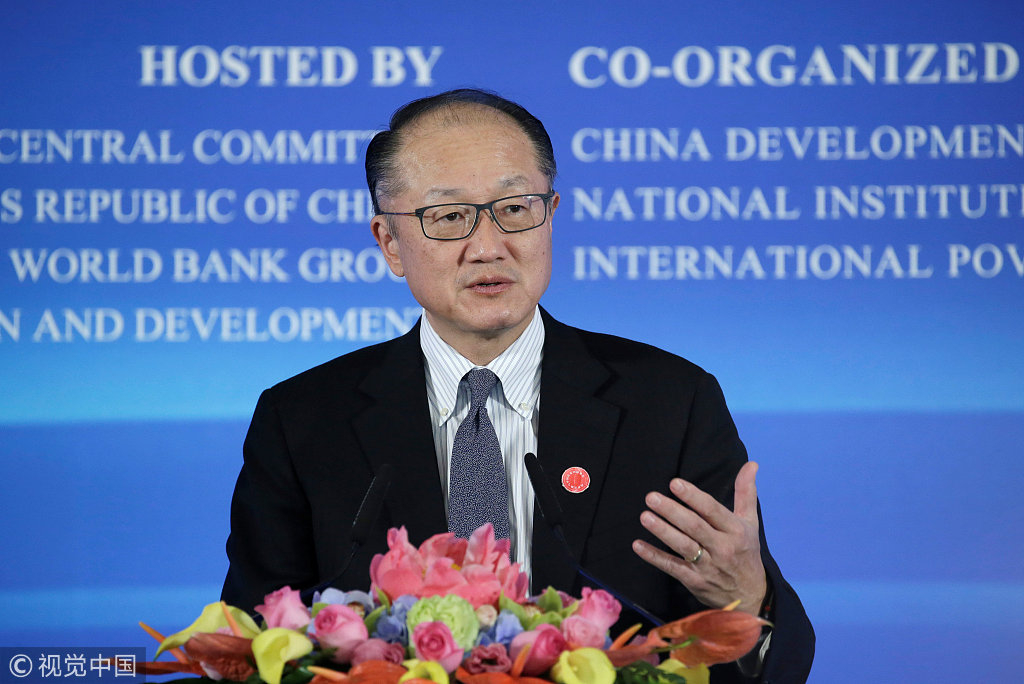
Opinion
08:05, 07-Mar-2019
How did China escape 'poverty trap'
Zhou Shaojie

Editor's note: Zhou Shaojie is deputy director of the Institute of International Development and Global Governance under Tsinghua University. The article reflects the author's views, and not necessarily those of CGTN.
In 1984, when Deng Xiaoping met with foreign guests, he said: “Socialism must eradicate poverty, and poverty is not socialism.” In 1978, China was still a country with a very high poverty rate and the largest poverty population in the world.
Over the past 40 years of reform and opening-up, China has escaped the “poverty trap” and reached the upper-middle-income development stage. According to World Bank's international poverty line, i.e., expenditure standard of 1.9 U.S. dollars per person per day, China's poverty rate was as high as 84 percent in 1981, with approximately 840 million people living below the absolute poverty line.
By 2015, China's poverty rate dropped to 0.7 percent. It is especially worth noting that China's rural poverty rate fell from 97.5 percent in 1978 to 3.1 percent in 2017, based on the 2010 national poverty line standard, evidencing that China has created a unique “poverty reduction miracle” in the history of world development for the past four decades.
Why a poverty reduction miracle?
The direct reasons and most valuable lessons can be summarized in the following three factors.
First, under the leadership of the Communist Party of China (CPC), the country has stuck to a development path that puts economic construction at the center since 1978, and gradually established a socialist market economy system in accordance with its national conditions and development path, and actively created economic opportunities for the people.
During the period of 1978 to 2017, China's per capita disposable income increased by as much as 24 times, which became the main driving force for the large-scale reduction of poverty. Meanwhile, the level of urbanization rose from 17.9 percent in 1978 to 58.5 percent in 2017, and urban population increased by 640 million, which is comparable to a 740-million reduction in the size of the rural poor population.
Secondly, upholding the principle of people-centered development and implementing the people-oriented social development policy have greatly accelerated education and health care.

World Bank President Jim Yong Kim speaks at the International Forum on Reform and Opening up and Poverty Reduction at Diaoyutai State Guesthouse in Beijing, China, November 1, 2018. /VCG Photo
World Bank President Jim Yong Kim speaks at the International Forum on Reform and Opening up and Poverty Reduction at Diaoyutai State Guesthouse in Beijing, China, November 1, 2018. /VCG Photo
According to the statistics of the Human Development Index by UNDP, China was still in the low HDI group before 2000 but has became a high HDI country since 2011 with remarkable achievements in education and health. In terms of development in education, the average years of education for the working-age increased from less than five years in 1981 to 10.5 years in 2017.
Apart from the contribution of elementary education, higher education also played an important role. For example, the gross enrollment rate of higher education increased from 3.4 percent in 1990 to 45.7 percent in 2017, exceeding the average of upper-middle-income countries. Concerning development in health, the per capita life expectancy rose from 67.8 years in 1982 to 76.7 years in 2017, an increase of 10 years; and the major health indicators are better than the average level of middle and high-income countries.
The development of education and health has not only beefed up the economic growth with human capital but also become a crucial driving force for poverty reduction.
Third, China continuously implemented a national poverty reduction strategy in different developmental periods.
These strategies gradually formed a comprehensive policy framework of poverty reduction, targeting from poverty-stricken counties to poverty-stricken villages, adopting targeted poverty alleviation towards low-income families, building social security system and expanding public service for poor families, and mobilizing the whole of society to participate in poverty alleviation.
President Xi Jinping put forward the idea of "precise poverty reduction" in 2013, under which the rural poor population was reduced by over 60 million from 2013 to 2017.
The UN Secretary-General Antonio Guterres spoke highly of the idea, "Precise poverty reduction is the only way to help the poorest and achieve the ambitious goals of the 2030 Agenda for Sustainable Development".
Thanks to China's initiative, the UN has drafted rural poverty eradication for more than 700 million people living in extreme poverty globally towards implementing the 2030 Agenda for Sustainable Development.
China's poverty reduction miracle reflects the institutional superiority of the socialist path featuring Chinese characteristics, and its rooted reason is the leadership of the CPC. It can be expected that, after realizing poverty eradication in 2020, China will continue to build a society of shared prosperity and share China's experience with the rest of the world.
(If you want to contribute and have specific expertise, please contact us at opinions@cgtn.com.)

SITEMAP
Copyright © 2018 CGTN. Beijing ICP prepared NO.16065310-3
Copyright © 2018 CGTN. Beijing ICP prepared NO.16065310-3